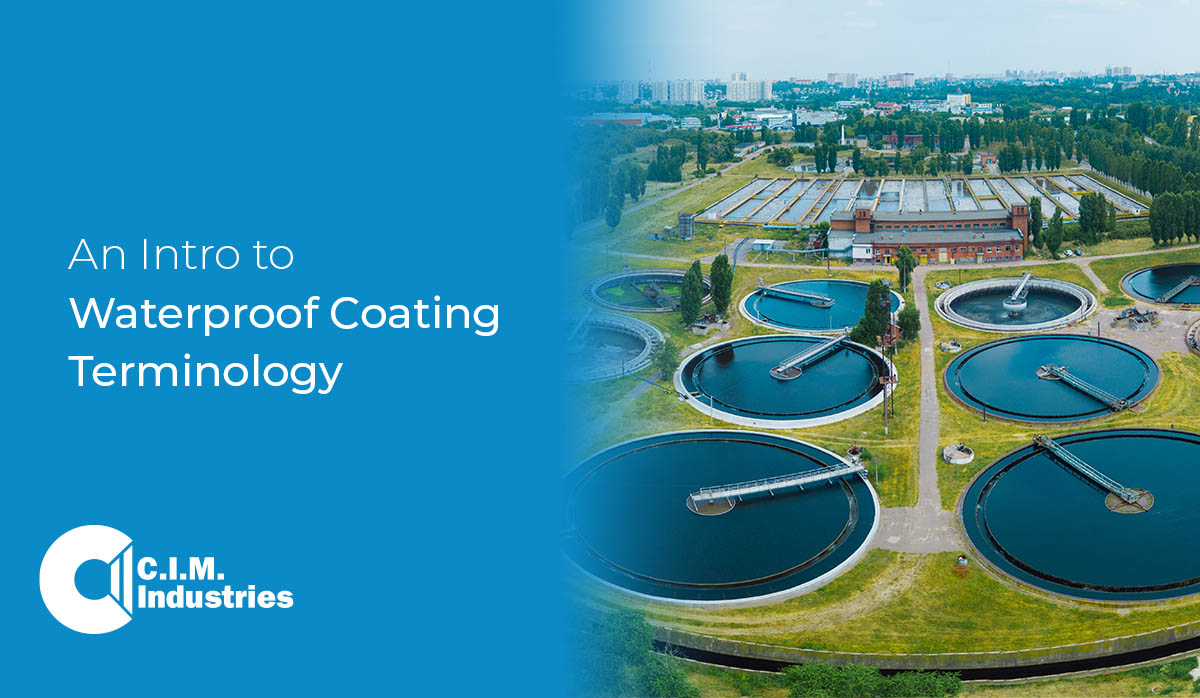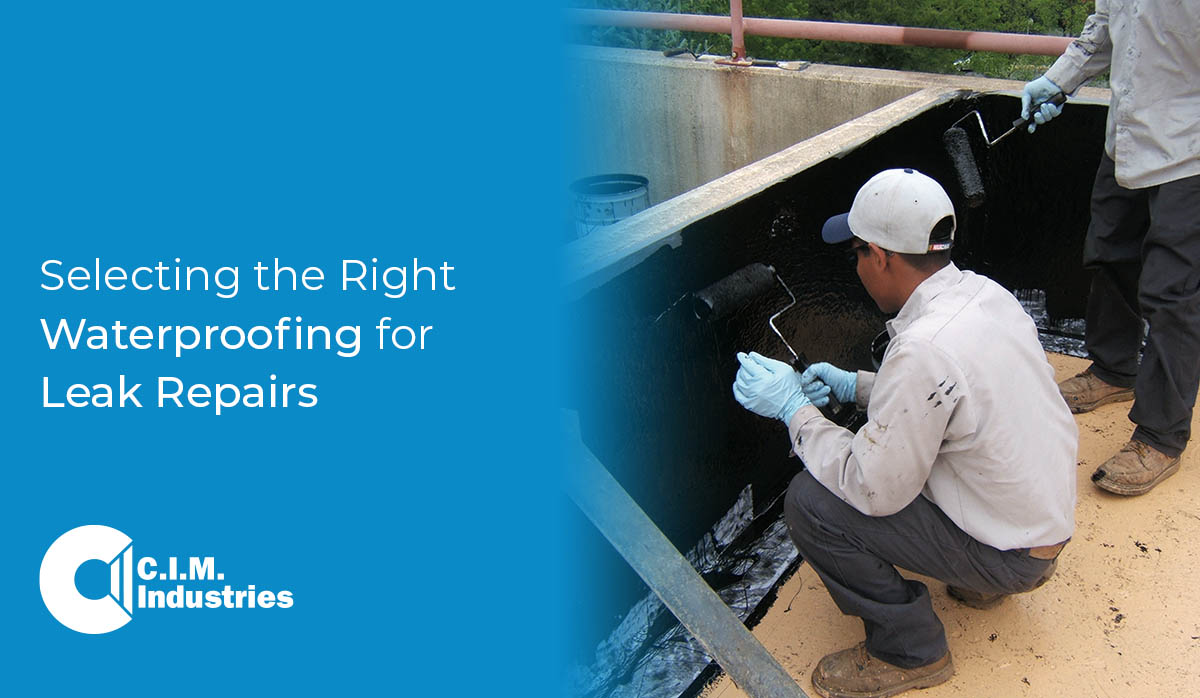The definition of waterproofing is very straightforward: to protect an object from water-based damage. Often, the main function of waterproofing material is to keep water out from an area or to keep water contained within an area. Regarding the residential, commercial, and industrial construction industries; there are many common terms to define the concepts and materials involved with waterproofing. Words and phrases related to product selection, site preparation, physical specifications, application conditions, installation, and testing, are just a few categories of terms that you may come across.
Selecting the Right Waterproof Coating for Leak Repairs
Let's begin by pondering this question: Why is waterproofing given less priority (left out entirely) during the pre-construction planning phase of any commercial or residential projects? This trend is truly baffling as proper waterproofing care leads to innumerable benefits in the long-term life and performance of any construction project.
Related Article: Waterproofing is the Future of Construction
Topics: Concrete Waterproofing, Liquid Applied Waterproofing, Construction
Innovative Waterproofing is the Future of Construction: New CIM 500
The global waterproofing membrane market is on the rise. With a focus on infrastructure and housing options, growth prospects in the construction sector continue to rise. Markets (including the United States, China, Brazil, and India) are seeing above-average growth in new building opportunities and restoration projects, resulting in an increased demand for elastomeric and waterproofing membranes and other coating products.
With rapid growth worldwide, CIM Industries and its selection of waterproofing solutions, namely CIM 500, has started to corner the market with its revolutionary technology. CIM 500 is a two-part cold liquid waterproofing membrane designed to meet the demands of buried or non-UV exposed applications.
Topics: waterproofing, Fluid-applied Waterproof Membranes, Construction





